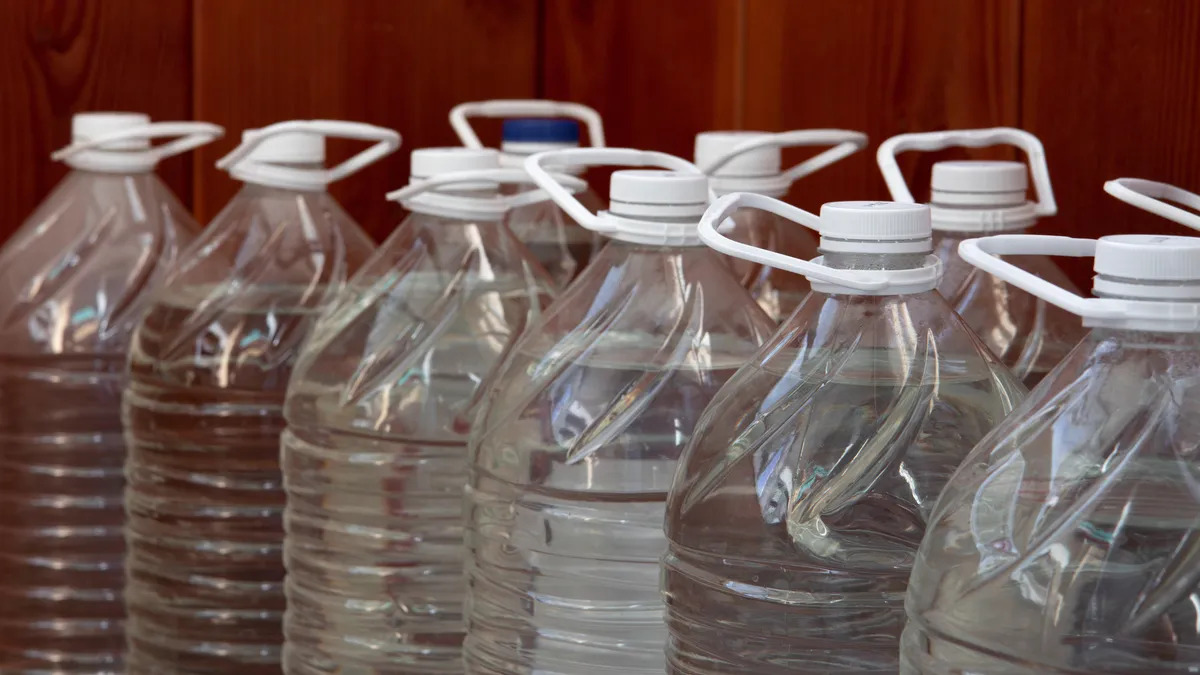

Articles
How To Store Water For Emergency
Modified: January 8, 2024
Discover the best techniques and tips for storing water for emergencies in our comprehensive articles. Safeguard your family's hydration needs with our expert advice.
(Many of the links in this article redirect to a specific reviewed product. Your purchase of these products through affiliate links helps to generate commission for Storables.com, at no extra cost. Learn more)
Introduction
Water is an essential resource that we rely on for our everyday needs, but it becomes even more crucial during emergency situations. Whether it’s a natural disaster, power outage, or any other unforeseen event, having a sufficient supply of stored water can make all the difference in ensuring your safety and well-being. In this article, we will explore the importance of storing water for emergencies and provide you with valuable insights on how to properly store and maintain your water supply.
During an emergency, the availability of clean and safe drinking water may be compromised. Water sources may become contaminated, water infrastructure may be damaged, or access to water may be disrupted. Having an adequate supply of stored water can help you and your family stay hydrated, maintain proper sanitation, and meet other basic needs until the situation improves.
It is important to note that the amount of water each person needs during an emergency can vary based on factors such as age, activity level, and climate. It is recommended to store at least one gallon of water per person per day, and to have a minimum of three days’ supply of water on hand. However, it is even better to aim for a two-week supply to ensure you are prepared for longer-term emergencies.
When storing water for emergencies, it is crucial to consider several factors. First, you need to choose appropriate containers that are specifically designed for storing water. These containers should be made of food-grade materials and have airtight seals to prevent any potential contamination. It is also important to store your water supply in a cool, dark place away from direct sunlight to prevent the growth of bacteria and algae.
In addition to proper storage containers, it is essential to treat and purify your stored water to ensure it remains safe for consumption. Even if the water you store is from a clean and reliable source, it is important to be prepared for potential contamination during an emergency. There are various water treatment and purification methods available, such as boiling, chemical disinfection, and filtration, which we will discuss in more detail later in this article.
Properly storing and maintaining your water supply is equally as important as having a sufficient amount of stored water. It is recommended to rotate your water supply every six months to keep it fresh and prevent any potential buildup of harmful substances. Regularly inspecting your storage containers for any signs of damage or leakage is also crucial to ensure the integrity of your water supply.
In the following sections, we will delve into more detailed information on the factors to consider for water storage, the available containers for water storage, the water treatment and purification methods, as well as the steps to store water properly. By following these guidelines, you can have the peace of mind knowing you have a reliable and safe water supply during emergency situations.
Key Takeaways:
- Properly storing water for emergencies is crucial for hydration, sanitation, and self-reliance. Choose suitable containers, maintain cleanliness, and rotate water regularly to ensure a safe and reliable supply during challenging times.
- Understanding water treatment methods and available containers is essential for maintaining a safe water supply. Proper storage, regular maintenance, and alternative water sources contribute to effective emergency preparedness.
Read more: How To Store Water For Emergencies
Importance of Storing Water for Emergency
When disaster strikes or unexpected emergencies occur, access to clean and safe drinking water may become limited or completely cut off. It is during these critical times that the importance of having a well-stored water supply becomes evident. Here are some key reasons why storing water for emergencies is crucial:
1. Hydration: Water is essential for maintaining hydration, which is vital for our overall health and well-being. During emergencies, especially in situations where access to clean water is compromised, having a stored water supply ensures that you and your family can stay hydrated and avoid dehydration-related complications.
2. Basic Needs: Water is not only necessary for drinking but also for meeting basic needs such as cooking, cleaning, and personal hygiene. Having a sufficient supply of stored water ensures that you can fulfill these essential functions, even when water infrastructure is disrupted.
3. Health and Sanitation: Clean water is crucial for maintaining proper sanitation and hygiene, especially during emergencies when the risk of disease transmission increases. By having stored water, you can adequately clean and disinfect yourself, utensils, and surfaces, reducing the chances of illness and maintaining good health.
4. Unpredictable Nature of Emergencies: Emergencies are often unexpected and can result in the loss of access to basic necessities, including water. By having a well-prepared and well-maintained water supply, you can mitigate the impact of such situations and ensure that you and your family have access to a vital resource during difficult times.
5. Empowerment and Self-Reliance: Having a stored water supply gives you a sense of self-reliance and empowerment. Instead of depending solely on external sources like relief organizations or neighbors, being prepared with your own water supply allows you to take control of your situation and ensure the well-being of your loved ones.
6. Bridge for Recovery: In the aftermath of a disaster or emergency, it may take time for water infrastructure to be repaired and restored. Having a stored water supply acts as a bridge that helps you and your community cope during the recovery period until normal water services are reestablished.
7. Peace of Mind: Finally, having a well-stored water supply provides peace of mind. Knowing that you are prepared and have taken proactive measures to secure this vital resource allows you to focus on other aspects of emergency preparedness, providing a sense of security and comfort.
Overall, storing water for emergencies is not only a smart and responsible decision but a critical step in ensuring the safety and well-being of your family during unforeseen events. By planning ahead and taking the necessary steps to store and maintain your water supply, you are proactively preparing for any potential disruptions to your regular water access, empowering yourself to weather emergencies with confidence and resilience.
Factors to Consider for Water Storage
When it comes to storing water for emergencies, there are several important factors to consider. These factors will help ensure that your stored water remains safe, clean, and suitable for consumption. Let’s take a closer look at these factors:
1. Container Selection: It is crucial to select appropriate containers for storing your water. Choose containers specifically designed for food or water storage, made from food-grade materials such as high-density polyethylene (HDPE) or polypropylene. These containers are safe and do not leach harmful chemicals into the water. Avoid containers that previously held non-food substances, as they may leave residues that could contaminate the water.
2. Size and Quantity: Determine how much water your household will need during an emergency. The general recommendation is to store at least one gallon of water per person per day for drinking and basic sanitation needs. However, consider additional factors such as climate, activity level, and the number of individuals in your household. Aim for a minimum of three days’ supply, but it is advisable to store a two-week supply to be better prepared.
3. Storage Location: Choose a suitable storage location for your water containers. Opt for a cool, dark place away from direct sunlight, as sunlight may degrade the quality of the water over time. Avoid storing water near chemicals or sources of potential contamination. Also, ensure that the storage area is easily accessible, so you can quickly access your water supply during an emergency.
4. Sanitization: Before filling your containers with water, make sure they are thoroughly cleaned and sanitized. Wash the containers with mild dish soap and rinse them well. You can also use a diluted bleach solution (1/4 teaspoon of regular household bleach per gallon of water) to sanitize the containers. After sanitizing, rinse them again with clean water before filling them with water for storage.
5. Rotation and Freshness: It is important to rotate your stored water regularly to ensure its freshness. Water can become stagnant and develop a flat or unpleasant taste if left sitting for too long. Rotate your water supply every six months, or according to the expiration dates on commercially bottled water. Use the older stored water for non-drinking purposes, such as cleaning or gardening, and refill it with fresh water for drinking.
6. Water Source: If possible, use tap water from a treated municipal water supply as your stored water source. Municipal water is usually treated and safe to drink. However, if using water from a private well or an untreated source, it is crucial to properly treat and purify it before storage.
7. Accessibility and Portability: Consider the accessibility and portability of your stored water. Ensure that the containers are easy to transport and have secure lids to prevent spills and contamination. In case of evacuation, having portable containers or water storage bags can be useful.
By considering these factors and implementing proper water storage practices, you can ensure that your stored water remains safe, clean, and ready for use during emergency situations. Remember to regularly check your containers for any signs of damage, leakage, or contamination, and take necessary actions to maintain the integrity of your water supply.
Available Containers for Water Storage
When it comes to storing water for emergencies, choosing the right containers is crucial. The containers you use should be specifically designed for storing water and made from food-grade materials. Here are some options for available containers that are suitable for water storage:
1. Plastic Water Bottles: Plastic water bottles are a popular choice for storing water. Look for bottles made from high-density polyethylene (HDPE), which is a safe and durable material. Bottles with a screw-on cap or a sports cap are convenient for easy access to the stored water. Opt for bottles with a capacity of at least one gallon, or consider smaller sizes for individual use or portable water storage.
2. Water Storage Drums: Water storage drums are large containers designed specifically for storing water. They are typically made of high-quality, food-grade plastic and can hold a significant amount of water, ranging from 15 to 55 gallons. These drums often come with a secure lid and may have handles or wheels for easier transportation.
3. Collapsible Water Containers: Collapsible water containers are an excellent choice for those who have limited storage space or need portable water storage options. These containers are typically made of durable, BPA-free plastic and can be easily collapsed and folded when not in use. They come in various sizes, ranging from a few gallons to larger capacities.
4. Water Storage Bags: Water storage bags are another space-saving option for storing water. These bags are made from food-grade, puncture-resistant materials and are designed to be durable and lightweight. They come in various sizes and can be easily stacked or packed in emergency kits or go bags.
5. Glass Jars or Bottles: While less commonly used, glass jars or bottles can be a viable option for storing water. Look for jars or bottles made from sturdy glass, such as those designed for canning or storing liquids. Glass containers are non-permeable and do not leach any chemicals into the water. However, they may be more fragile and heavier to transport.
6. IBC Totes: Intermediate Bulk Containers (IBC) totes are large, industrial-scale containers commonly used in commercial settings. These containers can hold several hundred gallons of water and are usually made of high-density polyethylene (HDPE). While IBC totes may not be as practical for individual households, they may be suitable for community or group water storage initiatives.
7. Water Bladders: Water bladders are flexible containers that can be filled with water and stored in various locations, including basements, closets, or even under beds. They are typically made from durable, BPA-free materials and come in different sizes and shapes. Some water bladders are designed with built-in spigots for easy access to the stored water.
When selecting a container for water storage, it is crucial to ensure that it is made from food-grade materials and has a secure, airtight lid to prevent contamination. Additionally, consider the storage space you have available, your water storage needs, and the ease of transportation when making your choice.
Remember to sanitize and properly clean any new containers before use. Regularly inspect your containers for any signs of damage or deterioration, and replace them as necessary to maintain the integrity of your stored water. By using suitable containers, you can effectively store water for emergencies and ensure a safe and reliable supply when needed.
Store water in clean, airtight containers, such as plastic bottles or jugs, in a cool, dark place. Rotate water every 6 months to ensure freshness.
Water Treatment and Purification Methods
Ensuring the safety and purity of your stored water is crucial to protect your health during emergency situations. Even if the water you store comes from a clean and reliable source, it is essential to be prepared for potential contamination. Here are some common water treatment and purification methods that can help you maintain a safe water supply:
1. Boiling: Boiling water is one of the most effective methods to kill harmful bacteria, viruses, and parasites. Simply bring the water to a rolling boil for at least one minute. If you are above 6,562 feet (2,000 meters) in elevation, boil the water for three minutes to ensure complete disinfection. Allow the water to cool before transferring it to storage containers.
2. Chemical Disinfection: Chemical disinfection methods involve using chemicals to treat and kill microorganisms in water. One common chemical disinfectant is household bleach containing 5.25-6% sodium hypochlorite. Add 1/8 teaspoon of bleach per gallon of water, stir, and let it stand for 30 minutes. The water should have a slight chlorine odor. If it doesn’t, repeat the dosage and wait for 15 additional minutes.
3. Water Filtration: Water filtration helps remove particles, sediment, and some microorganisms from water. Filters with activated carbon are effective in improving taste and odor, while filters with a pore size of 0.2 microns or smaller can also remove bacteria and parasites. There are various types of portable water filters available, such as straw filters, gravity filters, and pump filters.
4. Water Purification Tablets: Water purification tablets are compact and convenient to have on hand for emergency water treatment. These tablets typically contain chlorine-based compounds that can kill bacteria, viruses, and parasites. Follow the instructions on the tablet packaging, as dosages may vary depending on the brand and the volume of water being treated.
5. Ultraviolet (UV) Sterilization: UV sterilization uses ultraviolet light to destroy the DNA of microorganisms, rendering them unable to reproduce and causing them to die. Portable UV sterilizers, commonly known as UV pens or water purifiers, are battery-operated devices that can be used to treat small quantities of water. It is important to follow the manufacturer’s instructions for proper use and exposure time.
6. Distillation: Distillation is a process that involves boiling water, capturing the steam, and then condensing it back into liquid form. This method effectively removes contaminants such as minerals, heavy metals, and certain chemicals. While distillation can be effective, it requires specialized equipment and is more suitable for long-term water purification rather than immediate emergency needs.
7. Combination Methods: In some cases, utilizing a combination of water treatment methods can provide an extra layer of protection. For example, you can pre-filter water to remove larger particles and sediment, and then use chemical disinfection or boiling to further ensure its safety.
It is important to note that treatment methods should be applied to water before storing it. Once water has been treated, it can be safely transferred to clean, airtight containers for storage. Additionally, if you are unsure about the quality or safety of your stored water, it is always best to err on the side of caution and treat it before consumption.
By familiarizing yourself with these water treatment and purification methods, you can be prepared to ensure the safety and potability of your stored water during emergency situations. Remember to understand the specific requirements of each method and have the necessary supplies readily available in your emergency preparedness kit.
Read more: How To Store Food For Emergency
Steps to Store Water Properly
Properly storing water for emergencies is essential to ensure that your water supply remains safe, clean, and suitable for consumption. Follow these steps to store water effectively:
1. Choose Suitable Containers: Select containers made of food-grade materials, such as high-density polyethylene (HDPE) or polypropylene. Ensure that the containers have tight-fitting, airtight lids to prevent any potential contamination.
2. Clean and Sanitize Containers: Before filling the containers with water, wash them thoroughly with mild dish soap and rinse well. For added safety, sanitize the containers by using a diluted bleach solution (1/4 teaspoon of regular household bleach per gallon of water). Rinse the containers with clean water after sanitization.
3. Fill the Containers: Fill the clean and sanitized containers with water from a clean and reliable source. If using tap water, it is generally already treated and safe for consumption. However, if using well water or an untreated water source, it is important to properly treat and purify the water before storage.
4. Label and Date: Label each container with the date of filling to track its freshness and ensure proper rotation. This will help you keep track of the storage time and ensure that you regularly rotate your stored water supply every six months.
5. Store in a Cool, Dark Place: Find a suitable storage location that is cool, dark, and away from direct sunlight. Exposure to sunlight can degrade the quality of the stored water over time. Keep the containers off the ground to prevent any potential contamination from pests or moisture.
6. Avoid Chemical Storage: Do not store water near chemicals or substances that could contaminate the water, such as cleaning products or gasoline. Ensure that the storage area is well-ventilated and free from any potential sources of contamination.
7. Regularly Inspect and Maintain: Regularly inspect your stored water containers for any signs of damage, leakage, or deterioration. Replace damaged containers as necessary to maintain the integrity of your water supply. Additionally, check the stored water periodically for any unusual odor, taste, or discoloration.
8. Rotate and Refresh: To ensure freshness, rotate your water supply every six months or according to the expiration dates on commercially bottled water. Use the older stored water for non-drinking purposes, such as cleaning or gardening, and refill the containers with fresh water for drinking.
9. Have a Backup Plan: While storing water is crucial, it is also important to have alternative water sources and backup plans in case your stored supply becomes depleted. Consider having water purification methods or access to nearby water sources in your emergency preparedness plans.
By following these steps and implementing proper water storage practices, you can ensure that your stored water remains safe, clean, and ready for use during emergency situations. Properly stored water will provide you with peace of mind, knowing that you have a reliable supply of water to meet your basic needs during challenging times.
Rotation and Maintenance of Stored Water
Proper rotation and maintenance of stored water are essential to ensure its freshness, quality, and suitability for consumption during emergency situations. Stagnant water can develop a flat taste and may not be safe to drink. Follow these guidelines to effectively rotate and maintain your stored water:
1. Regular Rotation: It is recommended to rotate your stored water every six months. This helps ensure that the water remains fresh and free from any potential build-up of contaminants or bacteria. By rotating your water supply, you can consume the older stored water for non-drinking purposes and refill the containers with fresh water for drinking.
2. Inspection: Regularly inspect your stored water containers for any signs of damage, leaks, or deterioration. Look for cracks, bulges, or any other indications of compromise in the containers. If you notice any issues, replace the damaged containers immediately to maintain the integrity of your water supply.
3. Sanitation and Cleaning: If you need to sanitize or clean your storage containers, use a mild dish soap and rinse them thoroughly with clean water. Avoid using harsh cleansing agents or chemicals that could leave residual traces and contaminate the water. Ensure the containers are completely dry before refilling them with fresh water.
4. Labeling and Dating: Label each water container with the date of filling to keep track of its storage time. This enables you to easily identify which containers need to be consumed first during rotation. Proper labeling helps ensure that you are maintaining a consistent rotation schedule for your stored water.
5. Climate Control: Store your water containers in a cool and dark place, away from direct sunlight and excessive heat. Exposure to sunlight and high temperatures can degrade the quality of the water and shorten its shelf life. Ideally, choose a location with a stable temperature that remains below 70°F (21°C).
6. Maintain a Sufficient Supply: It’s important to maintain an adequate supply of stored water at all times. Ensure that you have enough water for each member of your household and plan for a minimum of three days’ supply. It is recommended to store at least one gallon of water per person per day for drinking, cooking, and basic hygiene needs.
7. Regular Testing: If you have concerns about the quality of your stored water or suspect contamination, it may be beneficial to periodically test the water. Various water testing kits are available to assess the quality and safety of your stored water. This can provide reassurance and help you take necessary actions to address any issues.
8. Emergency Preparedness Plan: While stored water is essential, it’s also important to have an emergency preparedness plan that includes alternative water sources and water purification methods. In case your stored water supply becomes depleted, have backup options in place, such as access to nearby water sources or portable water filters.
By following these rotation and maintenance practices, you can ensure that your stored water remains safe, fresh, and ready for use during emergencies. Regularly inspecting, cleaning, and rotating your water supply will provide you with peace of mind knowing that you have a reliable source of clean water to meet your family’s needs in challenging situations.
Conclusion
Storing water for emergencies is a critical step in ensuring the safety and well-being of you and your loved ones during unexpected situations. By having a sufficient supply of stored water, you can meet essential needs such as drinking, cooking, and maintaining proper hygiene, even when access to clean water is compromised.
Throughout this article, we have explored the importance of storing water for emergencies and provided valuable insights into the factors to consider, available containers, water treatment and purification methods, as well as the steps to store water properly.
Factors such as choosing suitable containers, considering storage space, and maintaining cleanliness are crucial in maintaining the integrity of your stored water. Selecting the right containers made of food-grade materials and storing them in a cool, dark place away from direct sunlight can help ensure the quality and freshness of your water supply. Regular rotation, inspection, and cleaning of containers are essential in maintaining a safe water source.
Additionally, understanding and implementing water treatment methods, such as boiling, chemical disinfection, water filtration, and UV sterilization, are necessary to ensure the safety and potability of your stored water, especially if the source water is untreated or questionable.
In conclusion, storing water properly can provide you with peace of mind in times of uncertainty and emergencies. By taking the necessary steps to store and maintain your water supply, you can stay prepared, resilient, and self-reliant during challenging situations.
Remember, each household’s water storage needs may vary, so it’s important to assess your specific requirements and plan accordingly. Regularly review and update your emergency preparedness plans to ensure you have an adequate supply of stored water and alternative water sources, as well as the necessary water treatment methods and tools.
By incorporating these practices into your emergency preparedness efforts, you can safeguard yourself and your family, ensuring access to clean and safe drinking water when it matters most.
Frequently Asked Questions about How To Store Water For Emergency
Was this page helpful?
At Storables.com, we guarantee accurate and reliable information. Our content, validated by Expert Board Contributors, is crafted following stringent Editorial Policies. We're committed to providing you with well-researched, expert-backed insights for all your informational needs.
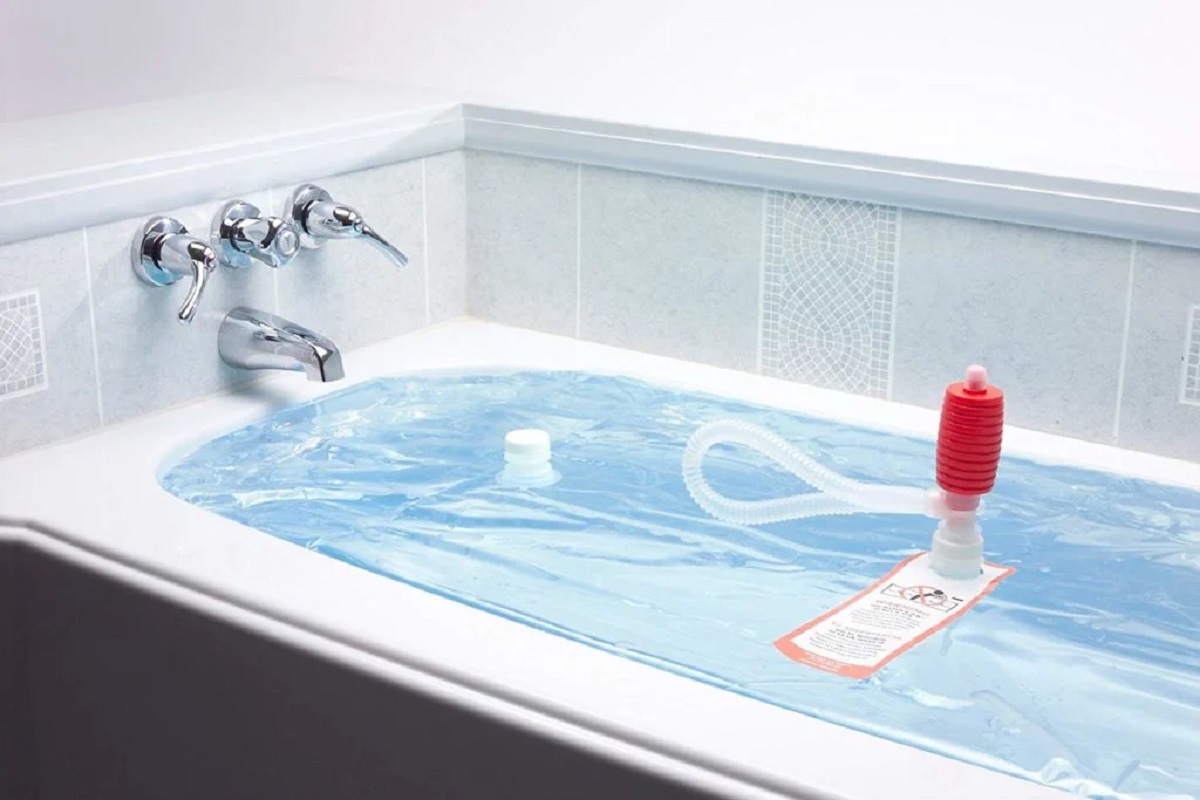
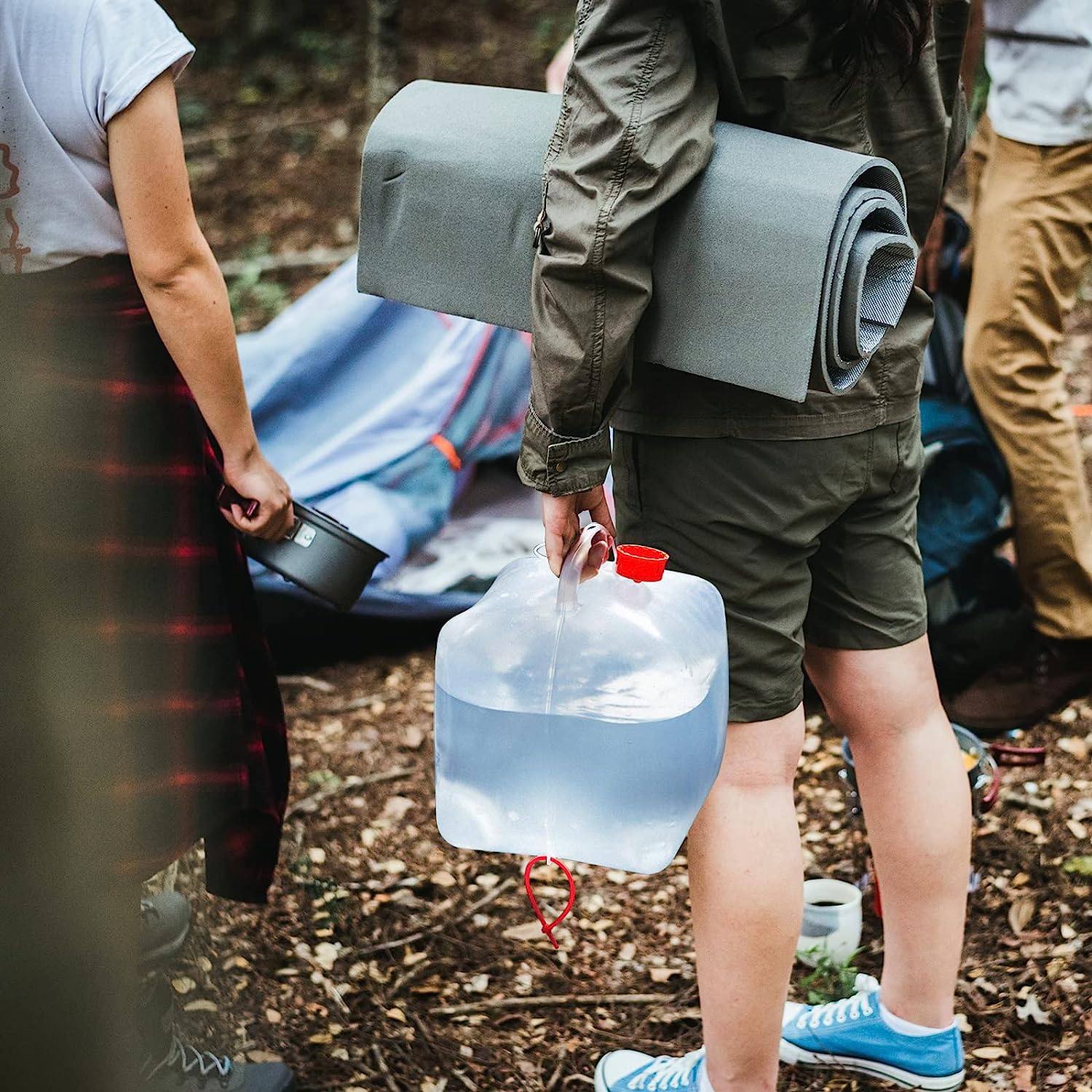
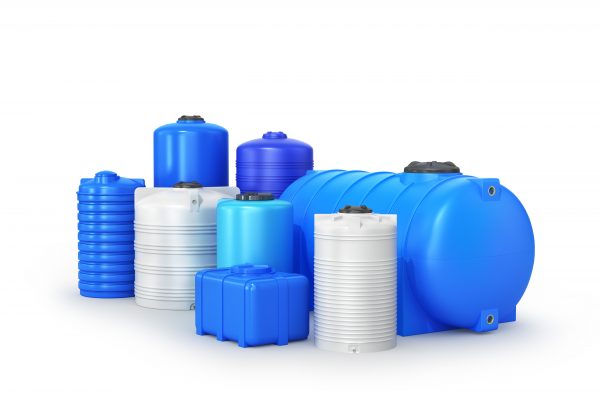
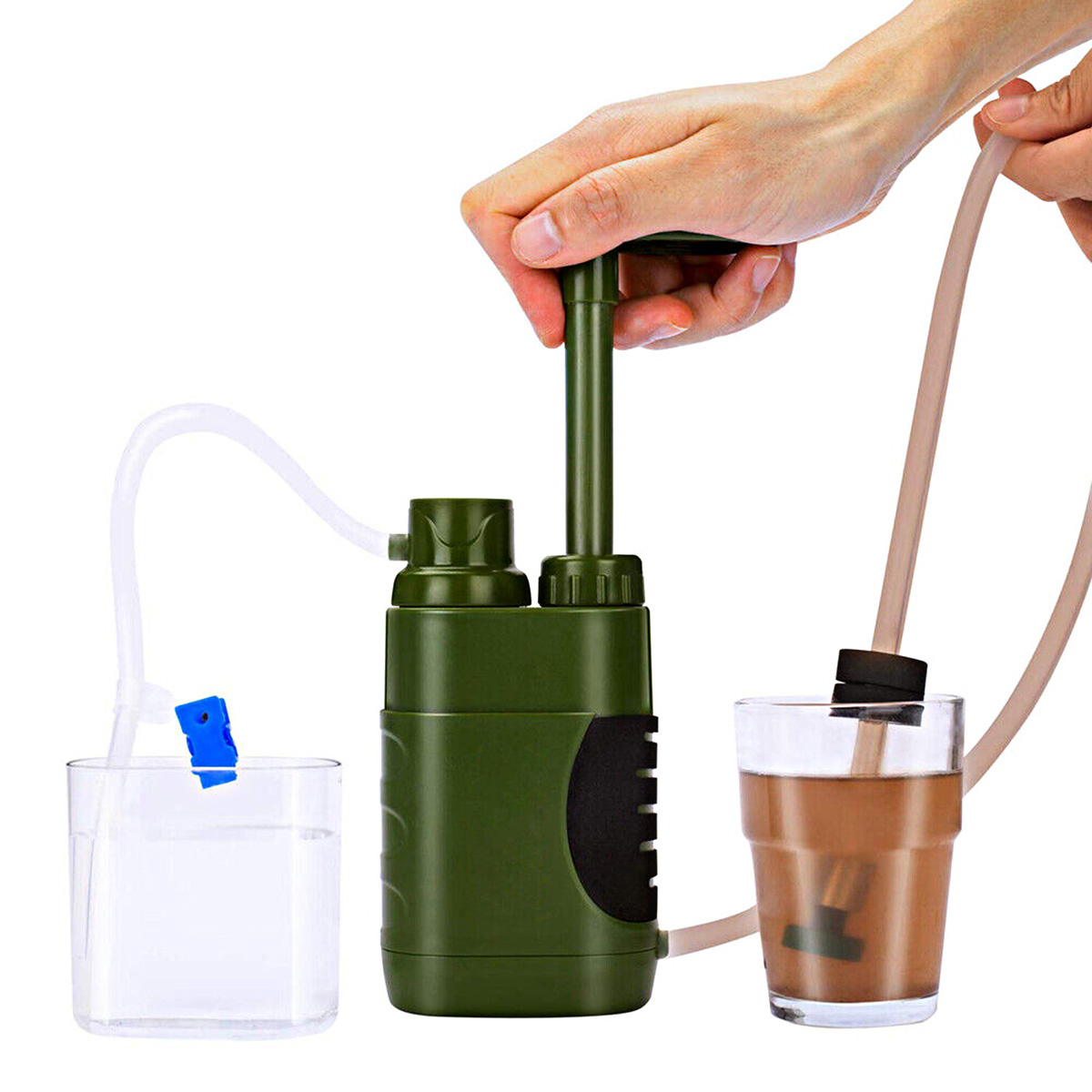
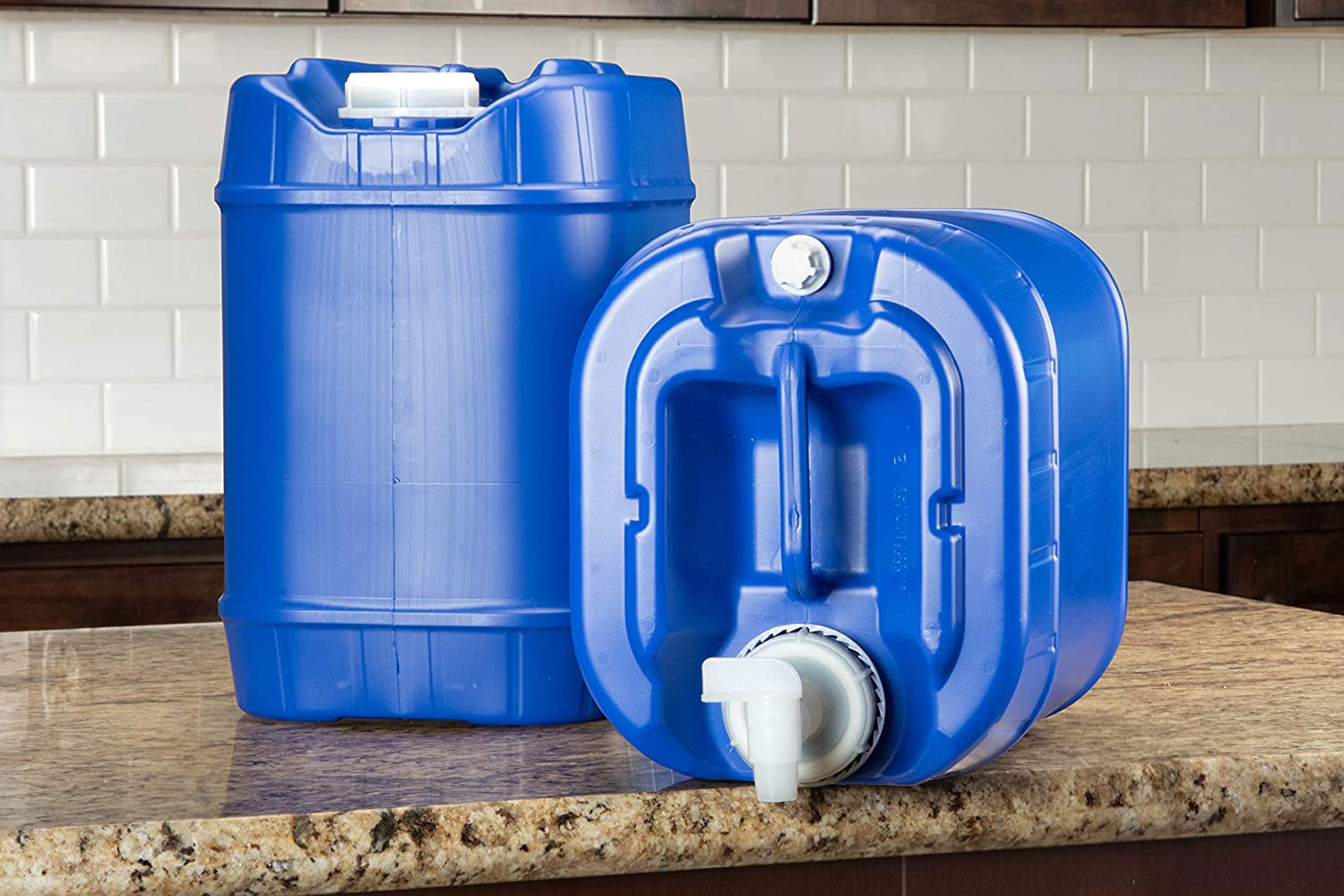
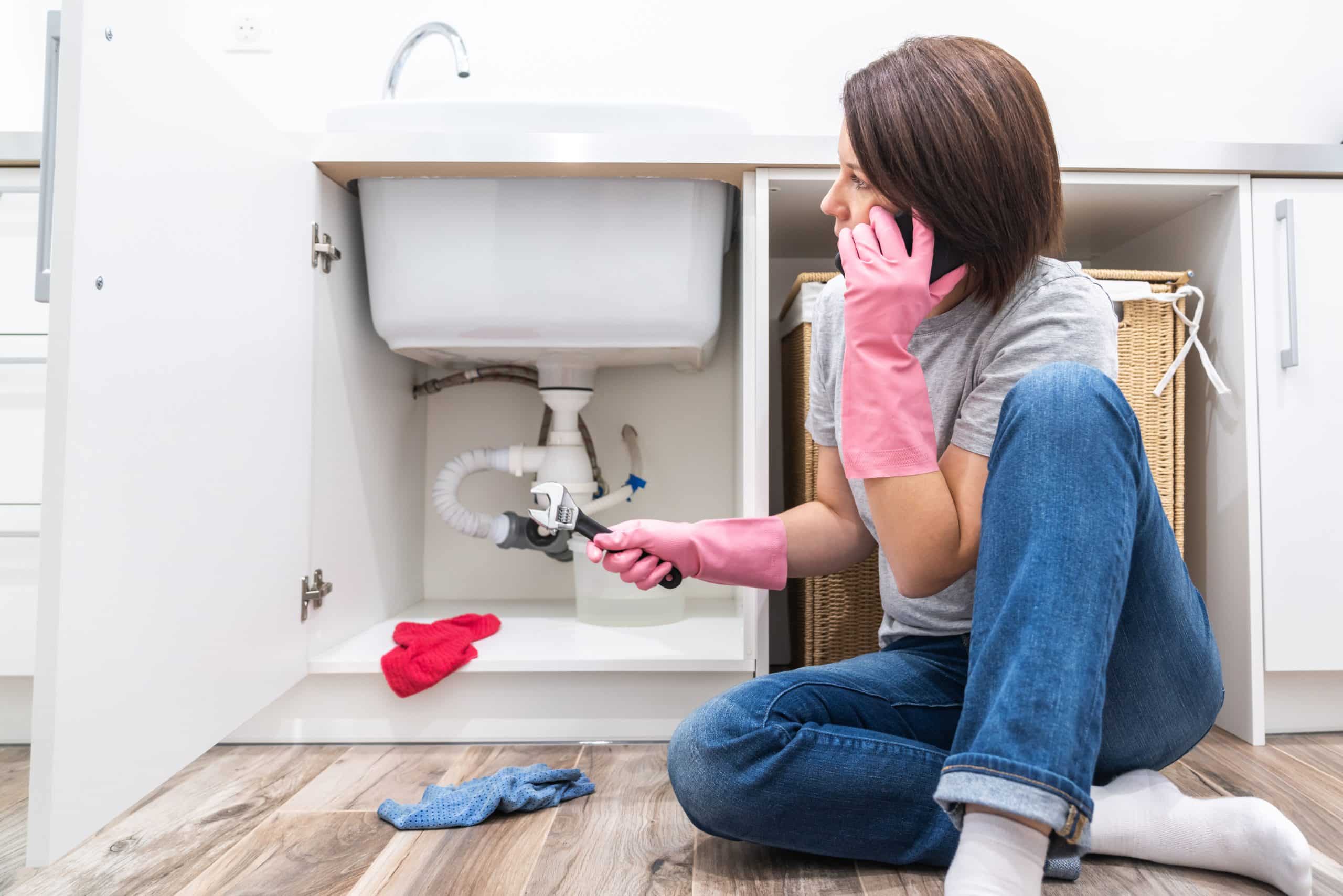
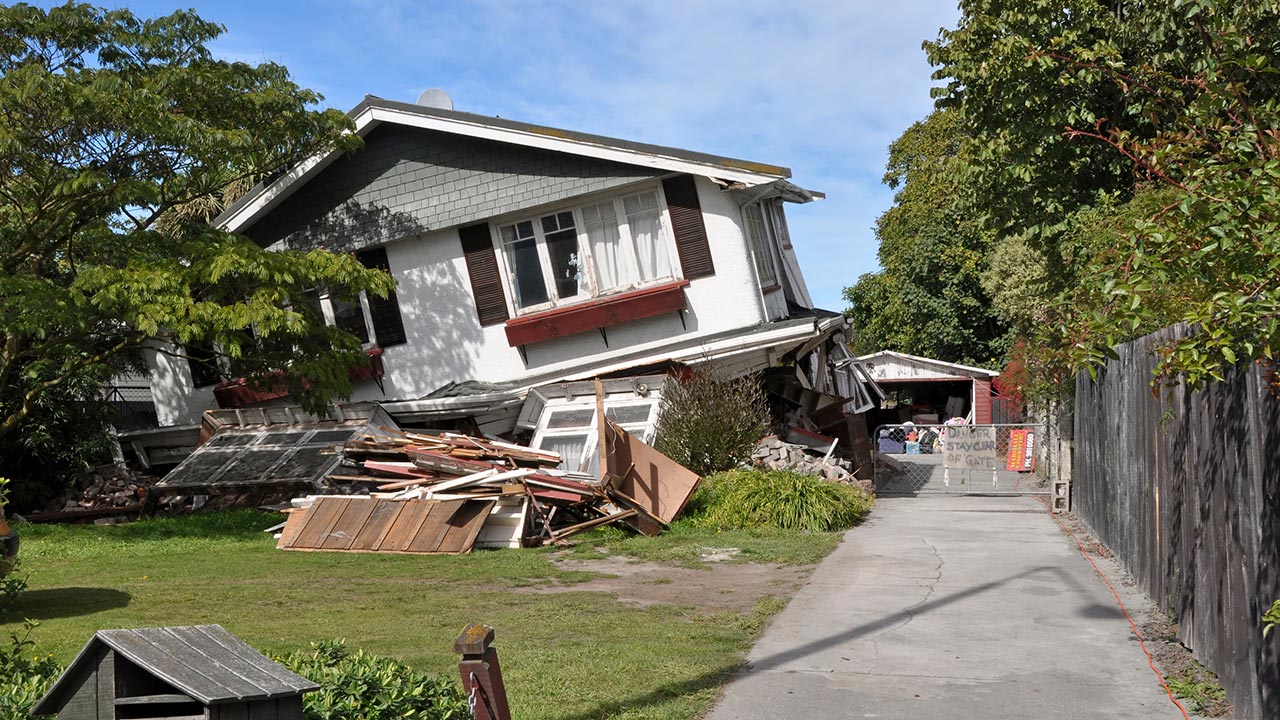
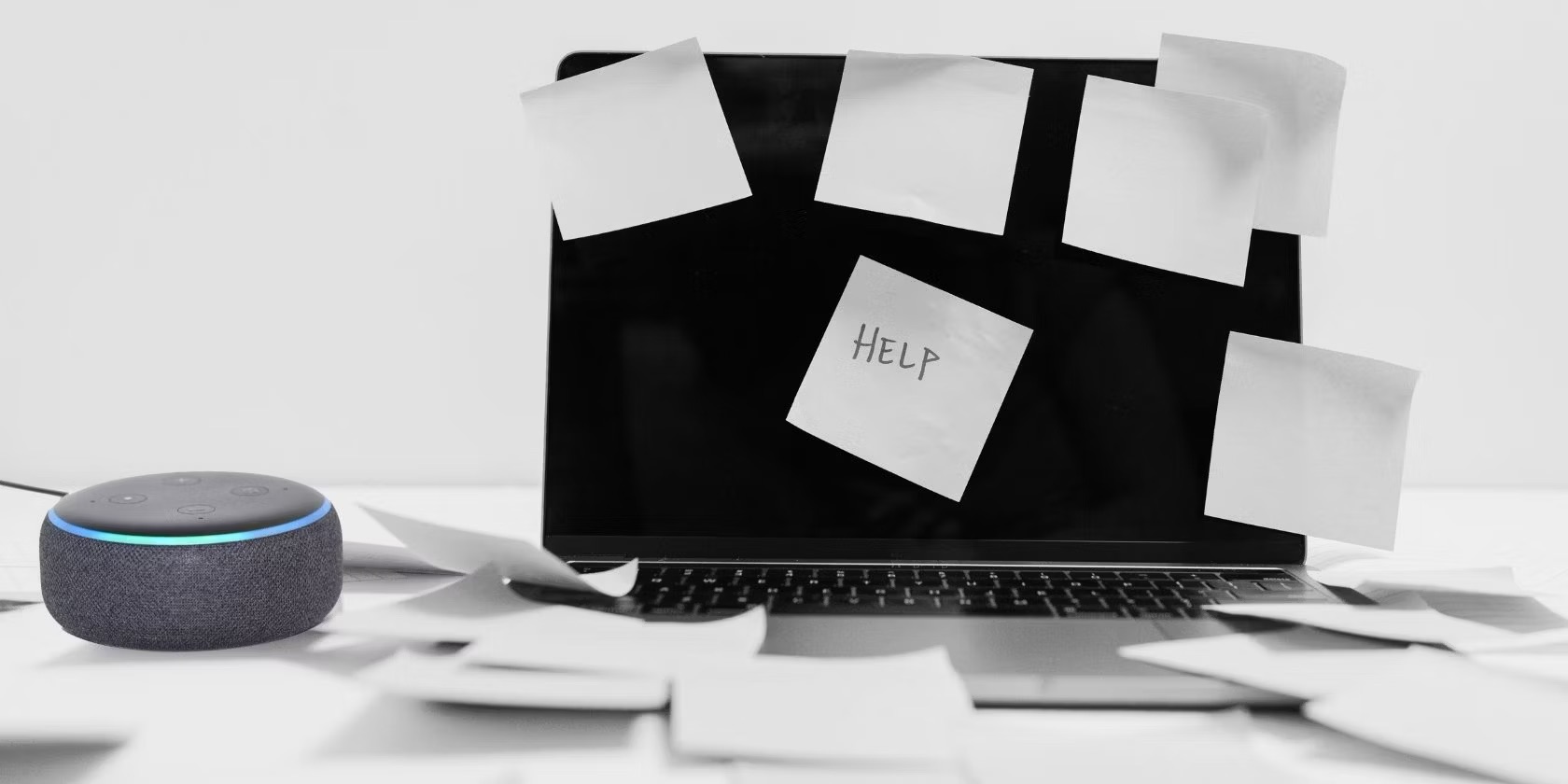
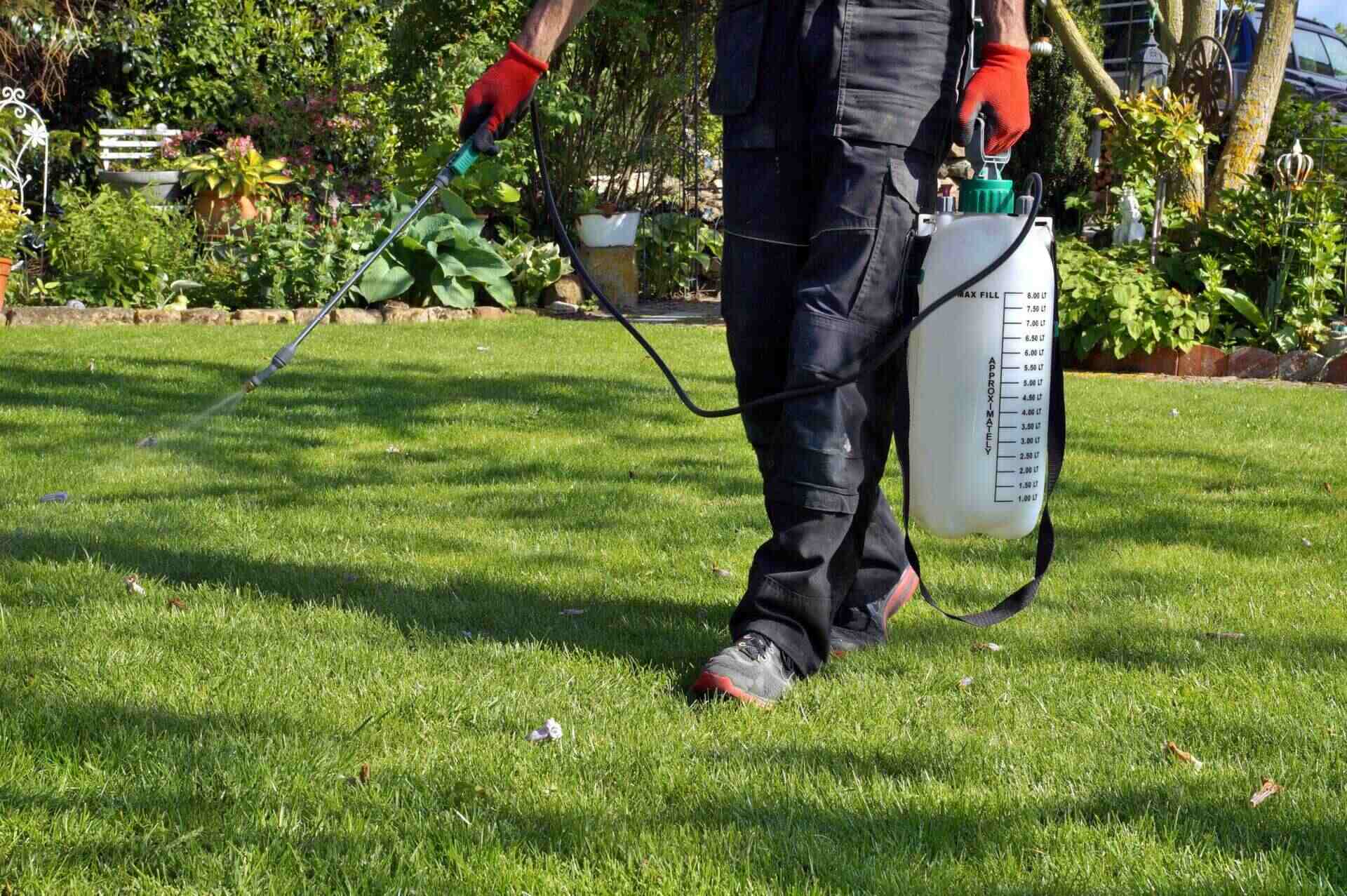
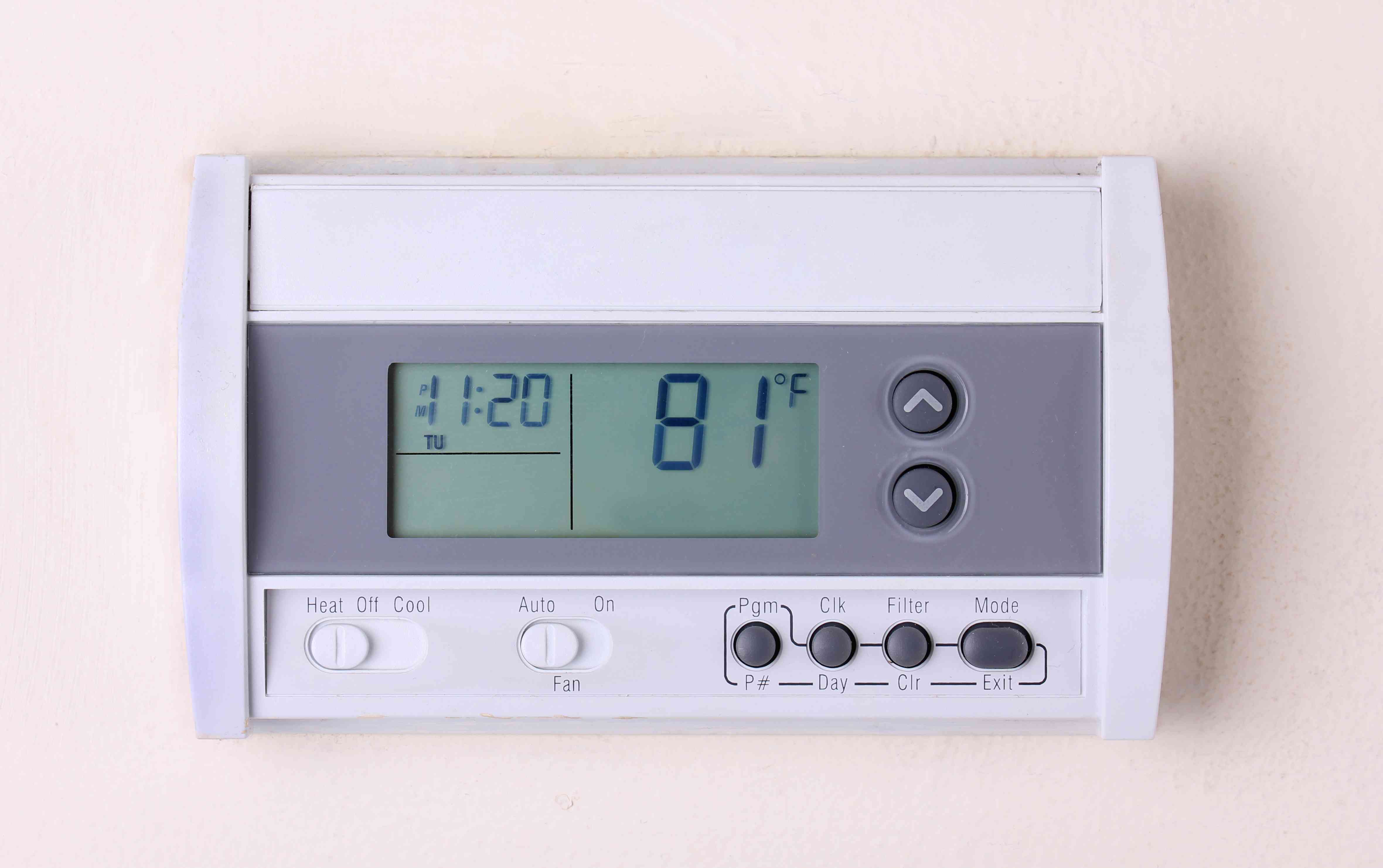
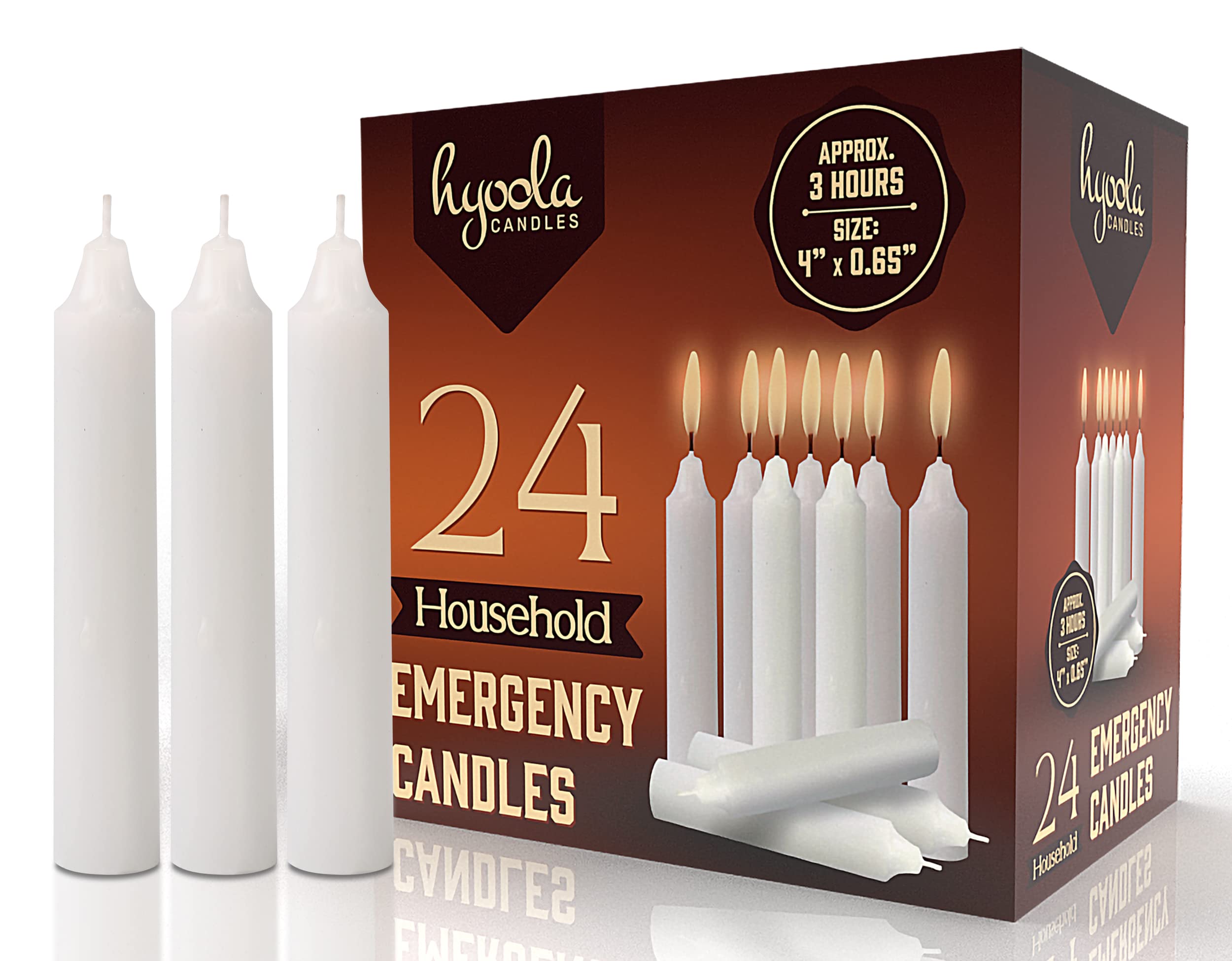
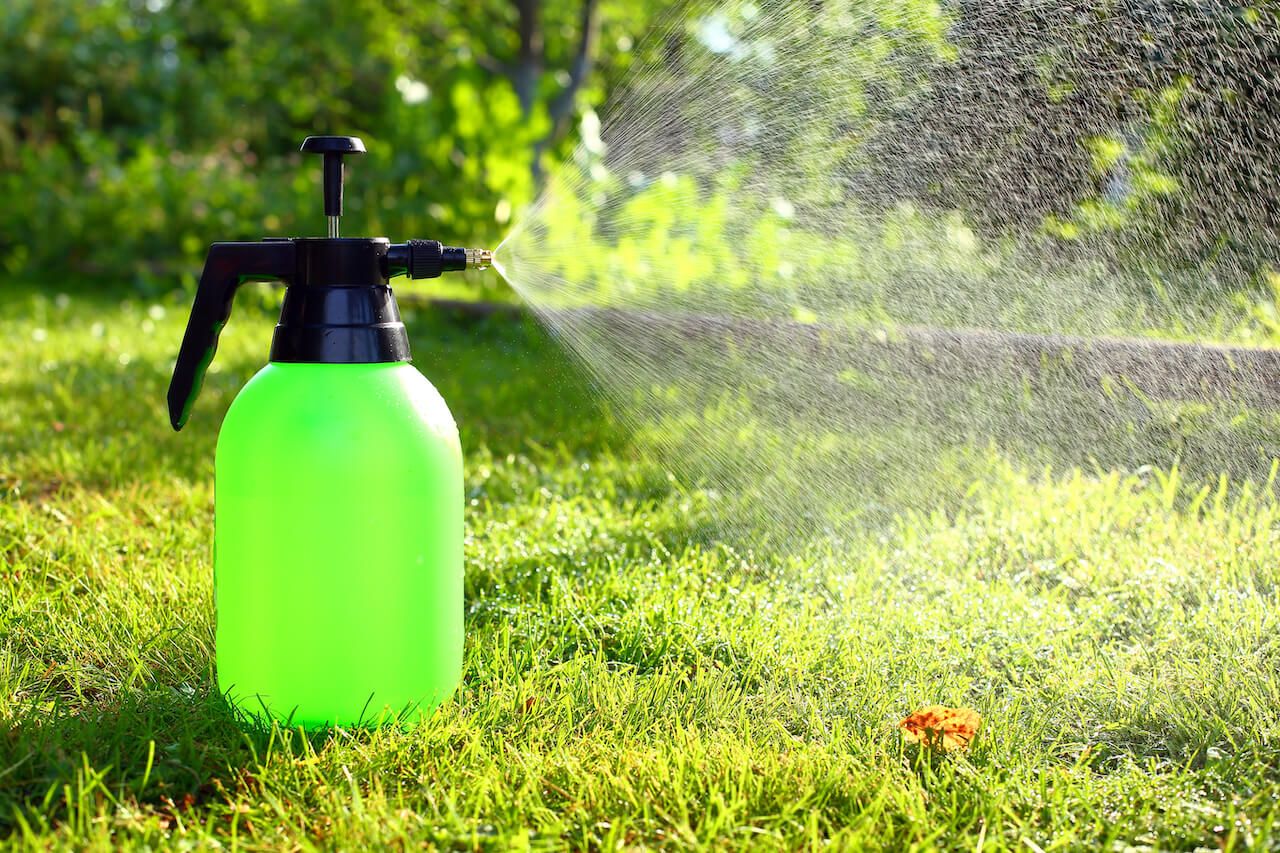
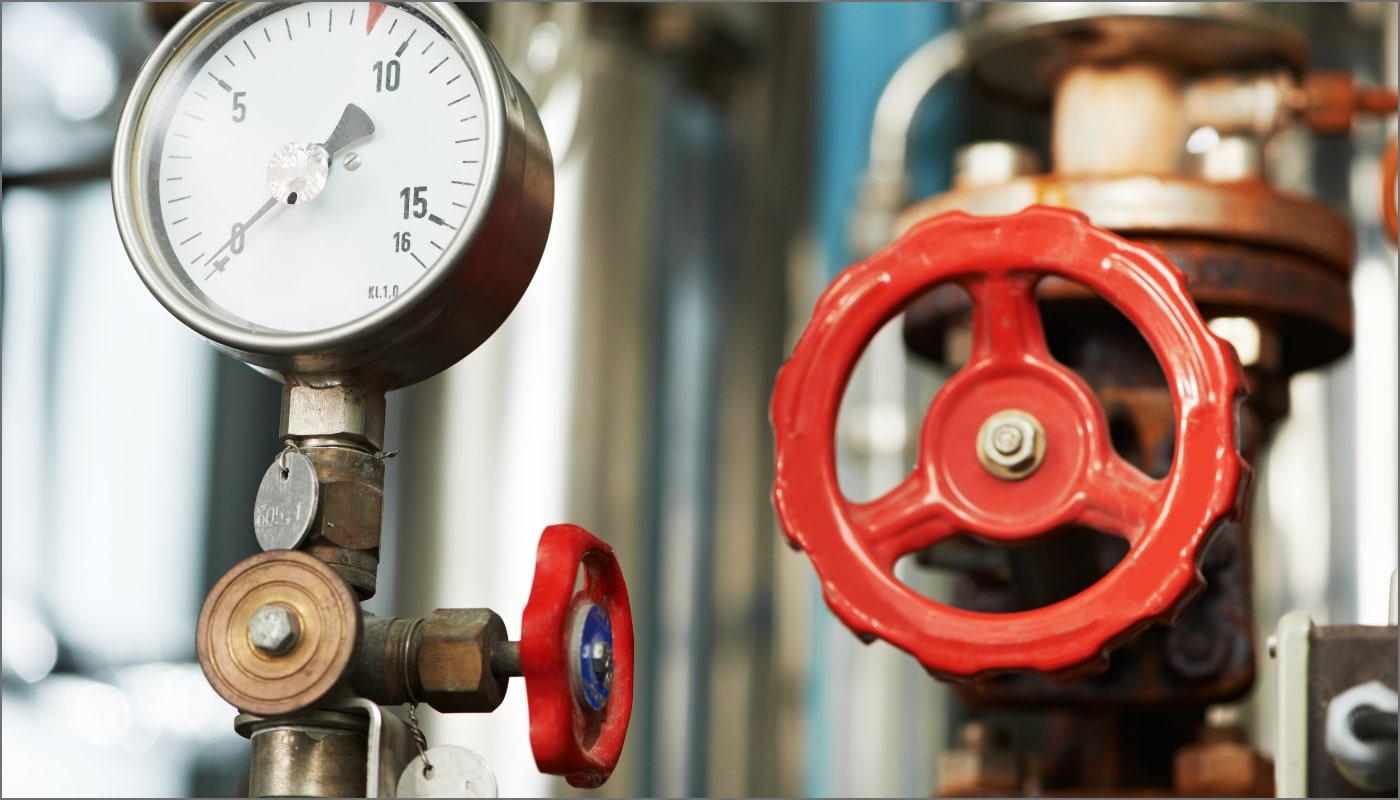
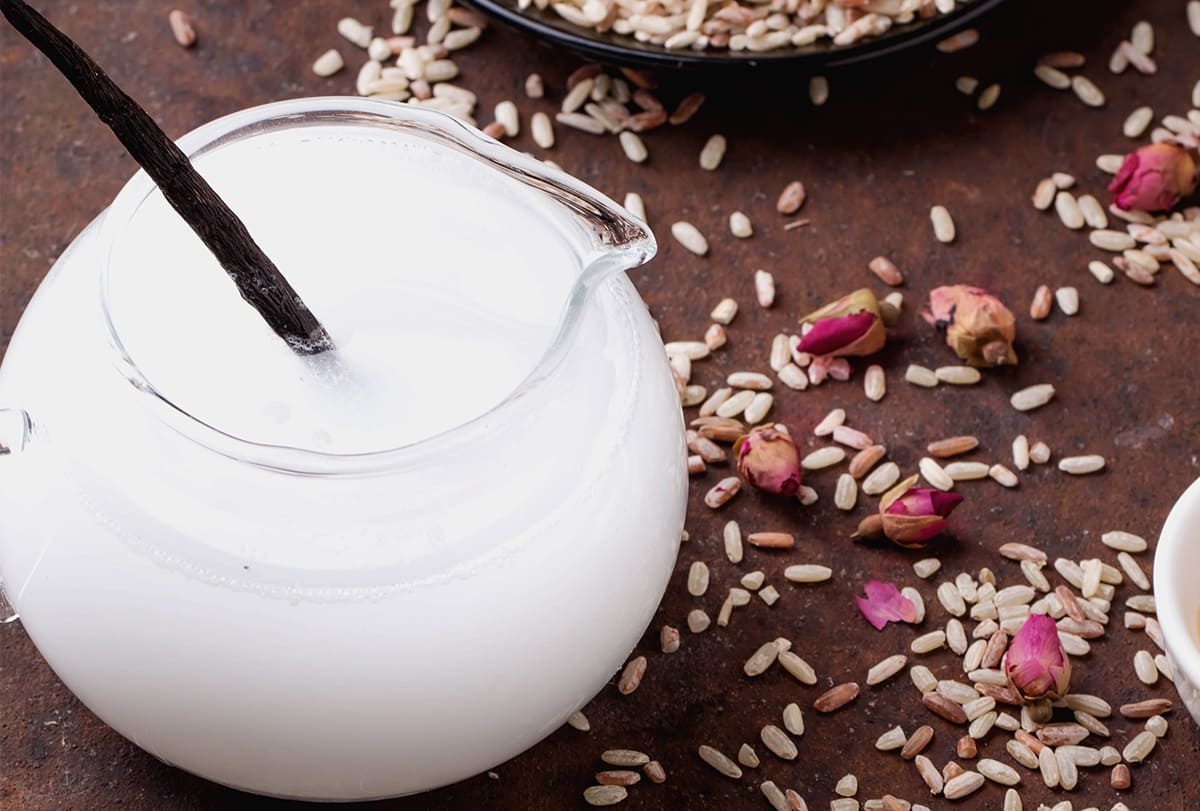

0 thoughts on “How To Store Water For Emergency”